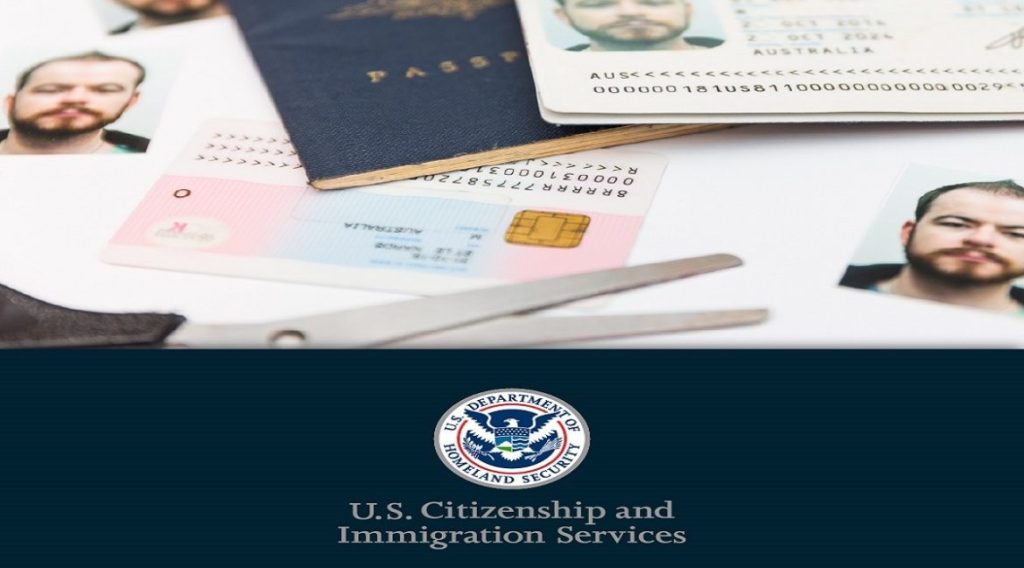The landscape of U.S. immigration policy is undergoing rapid transformation. Recent changes — including new Parole application fees, evolving remote work visa frameworks, and stricter family-based regulations — are directly affecting hundreds of thousands of immigrants and asylum seekers. To better understand these developments, immigration and naturalization attorney Mohamed El Sharnoubi offers insight into the legal updates and their implications for migrants across the country.
A $1,000 Parole Fee: Reform or Added Burden?
Beginning in October 2026, the U.S. government will implement a $1,000 Parole application fee. This fee will apply not only to humanitarian cases but also to a wider range of applicants — including spouses, children, investors, and even employees of U.S. government or military personnel.
“Many believe Parole applies only to humanitarian cases — that’s not accurate,” explains El Sharnoubi. “It’s also used for family reunification, business immigration, and border entry cases.”
While critics say the new fee could burden already struggling applicants, El Sharnoubi argues that most migrants pay far more through unsafe border crossings. The key issue, he says, lies in how the government will use the funds — whether to enhance processing efficiency and migrant housing or to further restrict entry.
Will Higher Fees Mean Faster Processing?
According to El Sharnoubi, the government’s stated goal is to offset the financial strain of immigration processing. However, whether higher fees will improve efficiency remains uncertain.
“If the new fees help reduce asylum and work permit backlogs, that would be a positive step,” he says. “But if they simply create more bureaucracy, migrants will continue to suffer.”
Some asylum seekers have been waiting since 2015 or earlier for case decisions — a sign, he argues, of a “deeply broken system” that needs comprehensive reform.
Remote Work Visas and the Future of Economic Migration
As global employment shifts toward remote and hybrid models, the U.S. is exploring ways to incorporate digital labor into its immigration framework. While no specific remote work visa currently exists, the government has significantly increased fees for certain professional visas — such as H-1B, which now costs $100,000 — prompting many companies to rely more on cross-border digital workforces.
“Remote work isn’t new,” El Sharnoubi notes. “What’s new is the challenge of adapting immigration law to the post-pandemic economy.”
Existing visa types — including J-1 (training and exchange), M-1 (educational), and B-1 (business visit) — may serve as temporary pathways for remote or hybrid employment, particularly when short-term, in-person training in the U.S. is required.
Documenting Employment Relationships Abroad
For employers seeking to bring foreign staff for short-term assignments, documentation remains critical. El Sharnoubi stresses the importance of:
-
Clear employment contracts and job descriptions.
-
Proof of salary payments and financial transfers.
-
Records of communication between employers and employees.
He cautions against attempting to sponsor close relatives without solid justification, warning that such cases often trigger a “presumption of fraud” and deeper scrutiny by immigration authorities.
Work Permits (EAD): Delays and Uncertainty
Employment Authorization Document (EAD) processing continues to frustrate applicants with unpredictable timelines. “Two identical applications can have completely different outcomes,” El Sharnoubi says. “One might be approved in two months, while another takes eight.”
These inconsistencies, he explains, often stem from officer discretion, workload differences, or heightened security background checks — particularly for applicants from countries like Egypt, Qatar, and the UAE, which face additional review layers.
Marriage and Family-Based Immigration Under Stricter Review
Recent policy trends indicate increased scrutiny of mixed-nationality marriages in immigration applications. “If a couple doesn’t share a common language or a logical connection, officers will question the authenticity of their relationship,” El Sharnoubi explains.
He warns that fraud investigations into sham marriages are rising, adding that “this is the worst possible time to attempt a fake marriage — enforcement is now stricter than ever.”
Avoiding Common Legal Mistakes
According to El Sharnoubi, the most frequent and costly mistakes made by immigrants include:
-
Attending official interviews without legal representation.
-
Using unqualified translators during immigration proceedings.
-
Submitting incomplete or inconsistent documentation.
-
Relying on social media rumors instead of verified legal information.
“U.S. immigration law hasn’t changed dramatically — but its enforcement has,” he says. “With the right attorney and a transparent, honest case, there’s nothing to fear.”
Conclusion: Adapting to a New Immigration Era
The evolving landscape of U.S. immigration presents both challenges and opportunities. New fees, longer processing times, and emerging visa models are reshaping the way migrants navigate the system. For those seeking stability and legal status, staying informed, well-documented, and properly represented remains the surest path toward a secure and lawful future in the United States.

